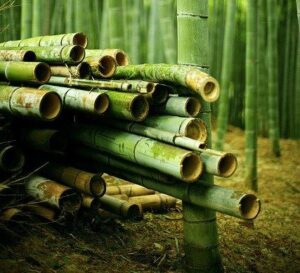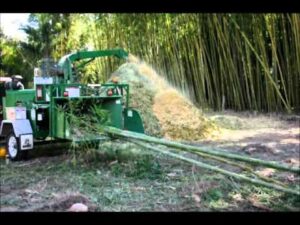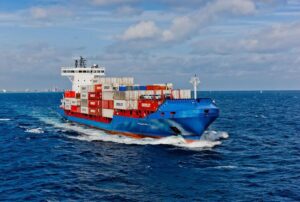How It's Made

How It’s Made
Have a Question?
01. Growing


02. Harvesting
Bamboo harvesting takes place within two years of initial sprouting. Bamboo produces 35% more oxygen than trees and absorbs huge quantities of carbon dioxide. They grow very quickly and, after harvest, grow back just as quickly. No replanting is necessary.
03. Chipping
Bamboos are transported to a nearby chipping facility, where they are chipped and broken down into smaller pieces ready for transporting to the processing plant.


04. Boiling & Whitening Process
After bamboo wood flooded in sodium hydroxide solution, place the hydrogenperoxide steam generator bleaching that adds little acetic acid to handle, clean then, drying. Have the advantages that method is simple, cost is low.
05. Water Management
Will bleach that bamboo wood cleans or with dry getting final product after the clear water drip washing in clear water.


06. Pressing
After whitening, the bamboo pulp is dried and compressed into solid plates that are then cut into transportable sizes.
07. Rolling
The bamboo and sugarcane plates are combined and formed into large rolls that are then cut into our typical roll sizes. These rolls are wrapped by machine, then hand sorted into recycled cardboard boxes of transporting.


08. Shipping
When compared to sea shipping, air and many other forms of transportation have much higher carbon footprints – a definite disadvantage for the environment. Ships, on the other hand, provide the most carbon-efficient mode of transportation and produce fewer grams of exhaust gas emissions for each ton of cargo transported than any other shipment method.
09. Re-growing
Bamboo is named in the Guinness book of records as the fastest growing plant and although it produces strong natural fibres it can be used to create durable tissue and towels. It is technically a grass so regrows as soon as you cut it. It requires no chemicals to harvest it and far less water. It reaches maturity within 7 years when planted and can be harvested every year after this. So, it’s a massive environmental winner at this stage.


